Let software take the wheel.
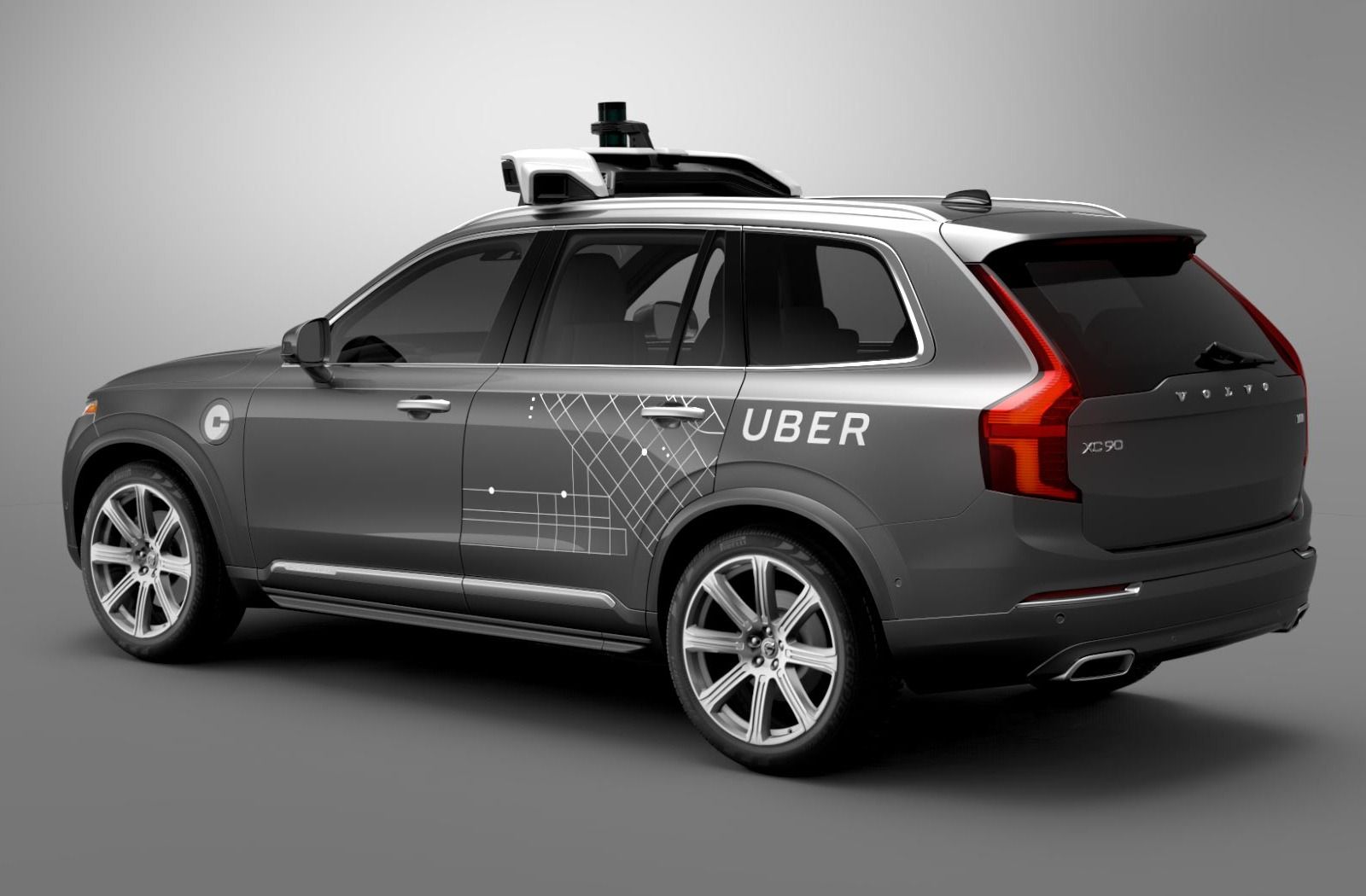

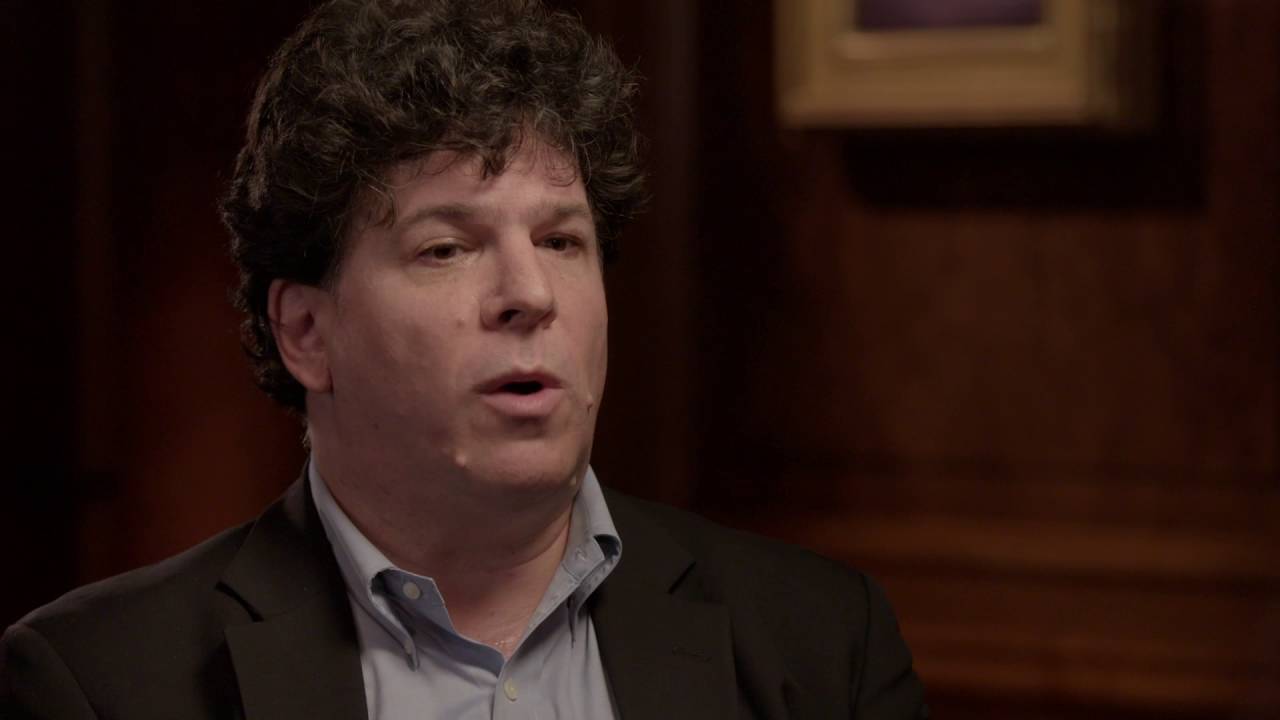
Is Market Capitalism simply an accident of certain factors that came together in the 19th and 20th centuries? Does the innovation of economics require a new economics of innovation? Is the study of economics deeply affected by the incentive structures faced by economists themselves, necessitating a study of the “economics of economics”? In this broad ranging interview INET Senior Economist Pia Malaney sits down with Eric Weinstein — mathematician, economist, Managing Director of Thiel Capital (as well as her co-author and husband) to discuss these and other issues.
Underlying the seismic shifts in the economy in the last ten years, Dr. Weinstein sees not just a temporary recession brought on by a housing crisis, but rather deep and fundamental shifts in the very factors that made market capitalism the driving force of economic growth for the past two centuries. The most profound of these shifts as Dr. Weinstein sees it, is an end to 20th century style capitalism brought about not by a competing ideology, as many had once feared, but instead by changing technology. As production is driven increasingly by bits rather than atoms, he sees the importance of private goods give way to public goods, undermining a basic requirement of market models. In a different line of thinking, as software becomes increasingly sophisticated it takes on the ability to replace humans not only in low level repetitive tasks but also, with the use of deep learning algorithms, in arbitrarily complex repetitive tasks such as medical diagnosis.


Hmmmm.
Technocrat scientists believe they can ‘code’ any kind of future they want, but what about what everyone else wants? These are the overlords of Technocracy who believe that we should just ‘trust them’ to build Utopia. ⁃ TN Editor.
Imagine a future where there is no need to cut down a tree and reshape that raw material into a chair or table. Instead, we could grow our furniture by custom-engineering moss or mushrooms. Perhaps glowing bacteria will light our cities, and we’ll be able to bring back extinct species, or wipe out Lyme disease — or maybe even terraform Mars. Synthetic biology could help us accomplish all that.
That’s the message of the latest video in a new mini-documentary Web series called Explorations, focusing on potentially transformative areas of scientific research: Genomics, artificial intelligence, neurobiology, transportation, space exploration and synthetic biology. It’s a passion project of entrepreneur Bryan Johnson, founder of OS Fund and the payments processing company Braintree.
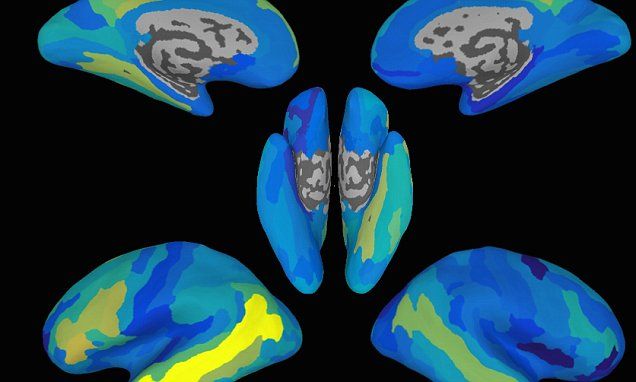
When you never need to say a word because your AI reads your mind. Who knows; maybe we’ll end up with a new population of introverts and anti-socialists for researchers to study.
Scientists at the University of Rochester have developed a computer model that can predict sentences by looking for brain activity patterns that are associated with different words.

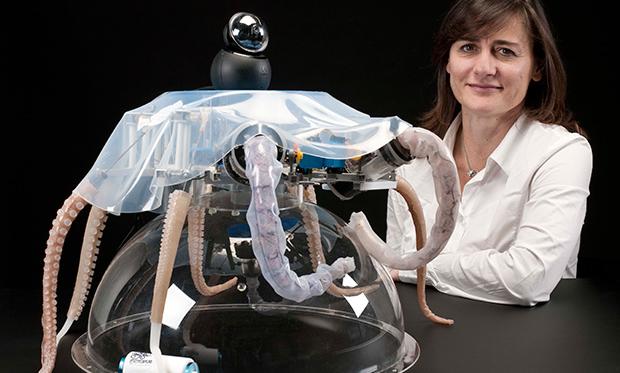
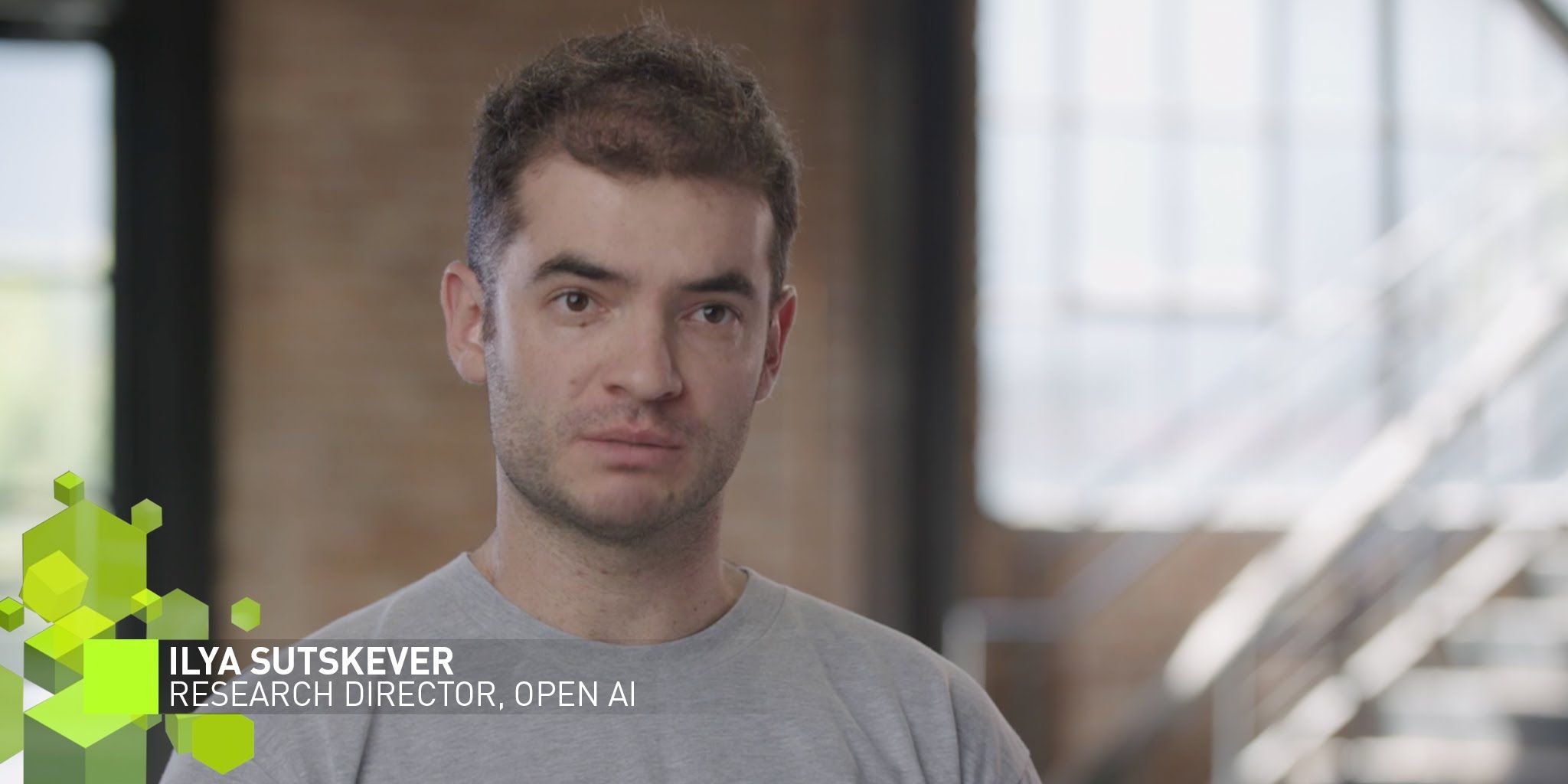

Think of a traditional robot and you probably imagine something made from metal and plastic. Such “nuts-and-bolts” robots are made of hard materials. As robots take on more roles beyond the lab, such rigid systems can present safety risks to the people they interact with. For example, if an industrial robot swings into a person, there is the risk of bruises or bone damage.
Researchers are increasingly looking for solutions to make robots softer or more compliant – less like rigid machines, more like animals. With traditional actuators – such as motors – this can mean using air muscles or adding springs in parallel with motors. For example, on a Whegs robot, having a spring between a motor and the wheel leg (Wheg) means that if the robot runs into something (like a person), the spring absorbs some of the energy so the person isn’t hurt. The bumper on a Roomba vacuuming robot is another example; it’s spring-loaded so the Roomba doesn’t damage the things it bumps into.
But there’s a growing area of research that’s taking a different approach. By combining robotics with tissue engineering, we’re starting to build robots powered by living muscle tissue or cells. These devices can be stimulated electrically or with light to make the cells contract to bend their skeletons, causing the robot to swim or crawl. The resulting biobots can move around and are soft like animals. They’re safer around people and typically less harmful to the environment they work in than a traditional robot might be. And since, like animals, they need nutrients to power their muscles, not batteries, biohybrid robots tend to be lighter too.

“Driving cars on the road might be the best way to create maps for tomorrow’s autonomous ones.”